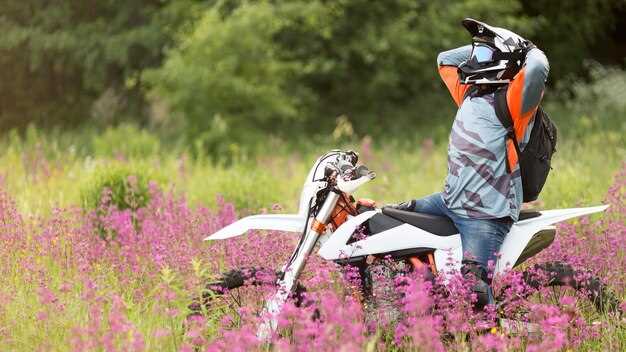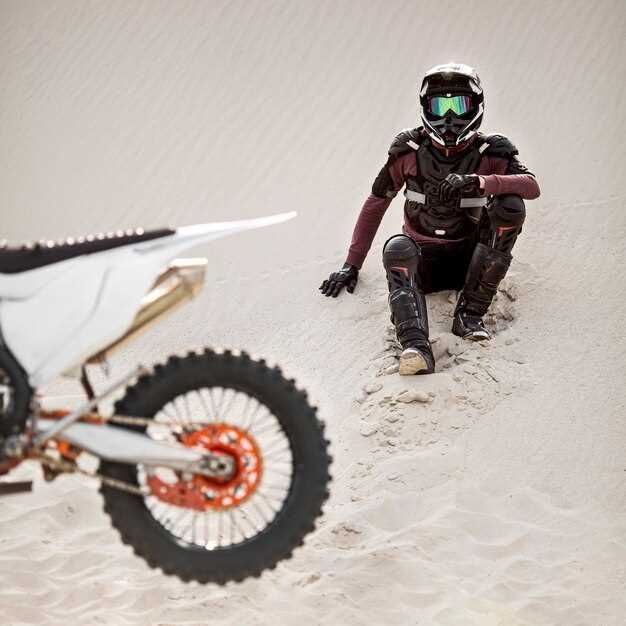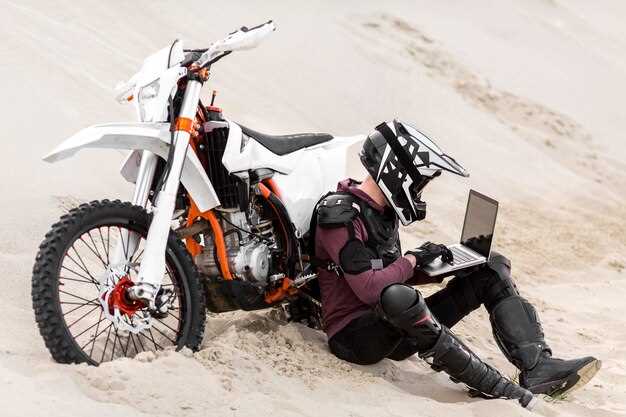
The world of adventure motorcycles is an exhilarating realm where power, performance, and versatility collide. Among the most notable contenders in this category are the Yamaha Tenere 700 and the Honda Africa Twin. Each bike has garnered significant attention from enthusiasts and riders alike, making them prime candidates for comparison in this showdown. Both machines offer unique features, capabilities, and riding experiences, appealing to a diverse audience of adventure seekers.
In this article, we’ll delve deep into the specifications, design elements, and riding dynamics of the Tenere 700 and Africa Twin. The Yamaha Tenere 700 is known for its lightweight construction and agile handling, while the Honda Africa Twin is celebrated for its robust performance and comfort on long journeys. By examining these key aspects, we aim to establish which of these bikes reigns supreme in the adventure motorcycle segment.
Join us as we explore the strengths and weaknesses of each model, discussing engine performance, suspension systems, off-road capabilities, and rider ergonomics. Whether you’re a seasoned adventurer or a newcomer to the world of dual-sport motorcycles, understanding the differences between these two iconic bikes will help you make an informed choice for your next adventure.
Performance Comparison: Which Bike Handles Better Off-Road?

When comparing the Tenere 700 and the Africa Twin in off-road performance, several key factors need to be considered, particularly suspension, weight, tire options, and overall ergonomics.
Suspension plays a critical role in off-road capabilities. The Tenere 700 features a 43mm adjustable front fork with 210mm of travel, and a rear rebound-adjustable shock with 200mm of travel. This setup allows for excellent ground clearance and stability over rough terrain. In contrast, the Africa Twin utilizes a more advanced suspension system, with the option of an electronic suspension on higher-end models, allowing riders to adjust settings on-the-fly. Though the Africa Twin has slightly less travel at 230mm in the front and 220mm in the rear, its sophisticated damping system provides a smoother ride on harsh surfaces.
Weight is another crucial aspect for off-road handling. The Tenere 700 is lighter, weighing around 452 lbs, compared to the Africa Twin’s 503 lbs. This makes the Tenere more agile in tricky situations, especially when navigating tight trails or challenging obstacles. A lighter bike allows for easier maneuverability, making it an attractive choice for less experienced riders who may struggle with the heft of the Africa Twin.
Regarding tire options, both bikes come equipped with off-road capable tires, but the Tenere 700’s tire choice focuses more on aggressive off-road performance. Its 21-inch front and 18-inch rear wheels provide a larger contact patch for better grip on loose surfaces. The Africa Twin, while capable, generally favors a more balanced tire that caters to both on- and off-road performance, which can slightly limit its off-road prowess compared to the more specialized Tenere 700.
Finally, ergonomics significantly impacts ride comfort and control on rugged terrain. The Tenere 700 has a more compact design with a taller seat height that may suit taller riders better, providing improved leverage when standing. The Africa Twin’s seat is wider and more plush, catering well for long-distance comfort, but it may feel cumbersome during aggressive off-road riding.
In summary, for riders primarily focused on off-road adventures, the Tenere 700’s lightweight design, superior suspension travel, and aggressive tire options make it a strong contender. However, those who seek versatility and the ability to conquer both on-road and off-road challenges might find the Africa Twin slightly more advantageous due to its advanced features and comfort.
Comfort and Ergonomics: How Do They Feel on Long Rides?

The Tenere 700 and Africa Twin are both renowned for their capabilities in tackling long-distance travel, but their approach to comfort and ergonomics varies significantly. The Tenere 700 is designed with a more minimalist philosophy, emphasizing a lightweight feel and straightforward rider positioning. Its seat is on the firmer side, offering adequate support for long hours on the road, although it may require additional padding for some riders after several hours. The upright riding position encourages a natural posture, alleviating fatigue during extended journeys.
In contrast, the Africa Twin provides a more plush seating experience, often regarded as one of the most comfortable adventure bikes available. Its seat is wider and more cushioned, accommodating a variety of body shapes and sizes. The adjustable windscreen effectively reduces wind turbulence, allowing for a smoother ride over long distances. The Africa Twin’s ergonomics cater to both standing and sitting positions, making it versatile for varied terrains, which is crucial for adventure riders who frequently switch between on-road and off-road conditions.
The handlebars and footpeg placement on both bikes play a vital role in rider comfort. The Tenere 700 features higher handlebars that may suit taller riders, while the Africa Twin’s handlebar positioning strikes a balance between comfort and control, providing a slightly more relaxed reach for diverse rider heights. Riders appreciate the ability to stand up on both models, yet the Africa Twin often excels with its more spacious feel, which can be essential during hours of off-road riding.
Ultimately, comfort during long rides hinges on personal preferences and body types. While the Tenere 700 appeals to those favoring a lightweight, agile feel, the Africa Twin is preferred by riders prioritizing comfort and advanced ergonomics. Both motorcycles can be adapted with aftermarket seats or accessories, making them suitable for long-distance adventures, but potential buyers should consider a test ride to assess which model better accommodates their unique riding style and comfort needs.
Cost of Ownership: Which Bike Offers Better Value Over Time?
When evaluating the cost of ownership for the Tenere 700 and the Africa Twin, several factors need to be considered, including purchase price, maintenance costs, insurance rates, fuel efficiency, and resale value.
The Tenere 700 is generally more affordable upfront, making it an attractive option for budget-conscious riders. Its straightforward design and fewer complex components contribute to lower maintenance expenses over time. Additionally, Yamaha’s reputation for reliability means fewer unexpected repairs.
On the other hand, the Africa Twin tends to command a higher initial price. However, it offers advanced technology and features that may justify the cost for those seeking enhanced performance and comfort. The Africa Twin’s larger engine and more sophisticated suspension system can make it more costly to maintain, but it often provides a more premium riding experience.
Fuel efficiency is another significant factor. The Tenere 700 typically delivers better fuel economy due to its lighter weight and smaller engine displacement. This efficiency can lead to lower operating costs, which accumulate over time, making the Tenere 700 a cost-effective choice for long-distance travel.
Insurance rates will vary based on location, riding experience, and other personal factors. However, due to its lower initial value, the Tenere 700 may also incur lower insurance premiums compared to the Africa Twin.
In terms of resale value, both bikes have strong followings. The Africa Twin might retain a better resale value due to its brand prestige and higher demand within the adventure biking community. However, the Tenere 700’s affordability makes it an appealing option for new riders, potentially enhancing its resale market among budget-savvy buyers.
In conclusion, the cost of ownership for both bikes varies significantly based on individual preferences and riding style. The Tenere 700 offers better value for those prioritizing affordability and efficiency, while the Africa Twin caters to riders seeking advanced features and performance. Ultimately, the best choice hinges on the rider’s specific needs and financial considerations.